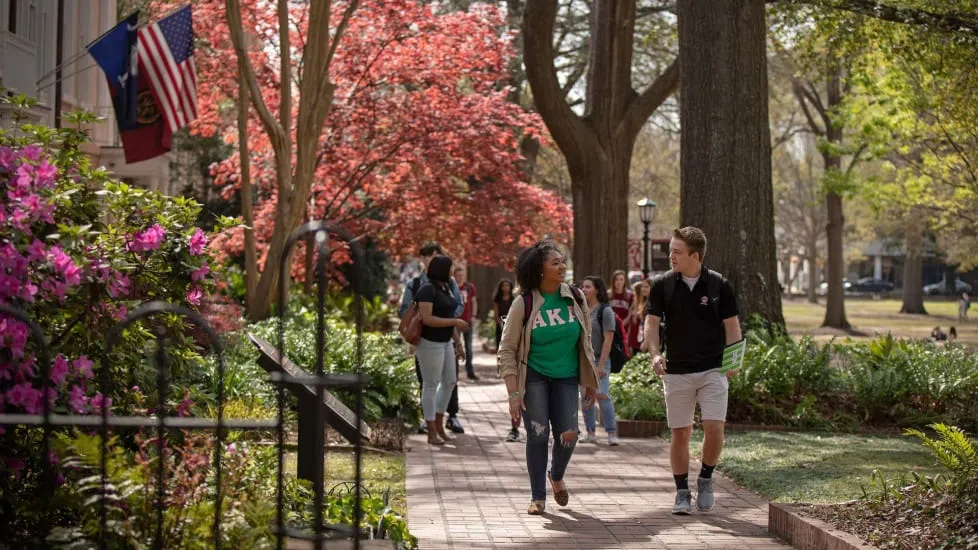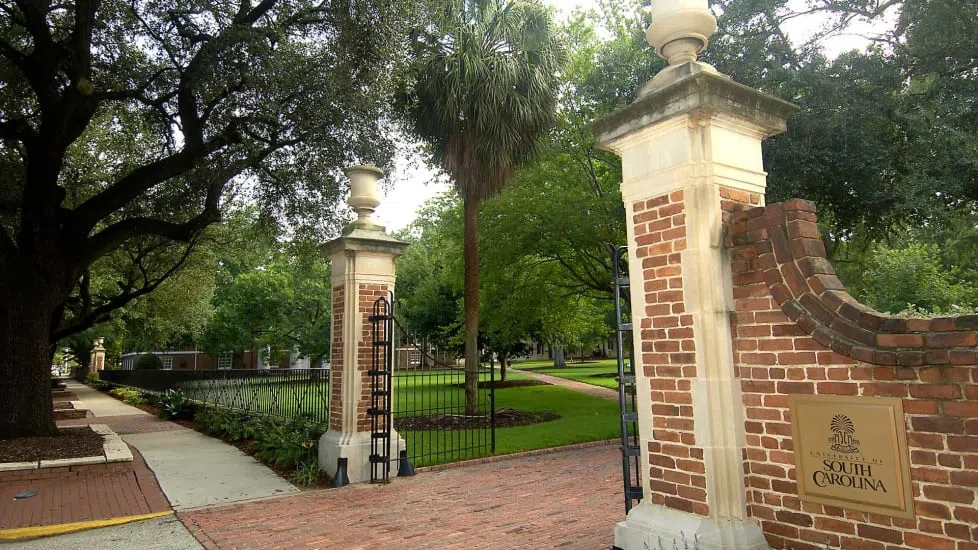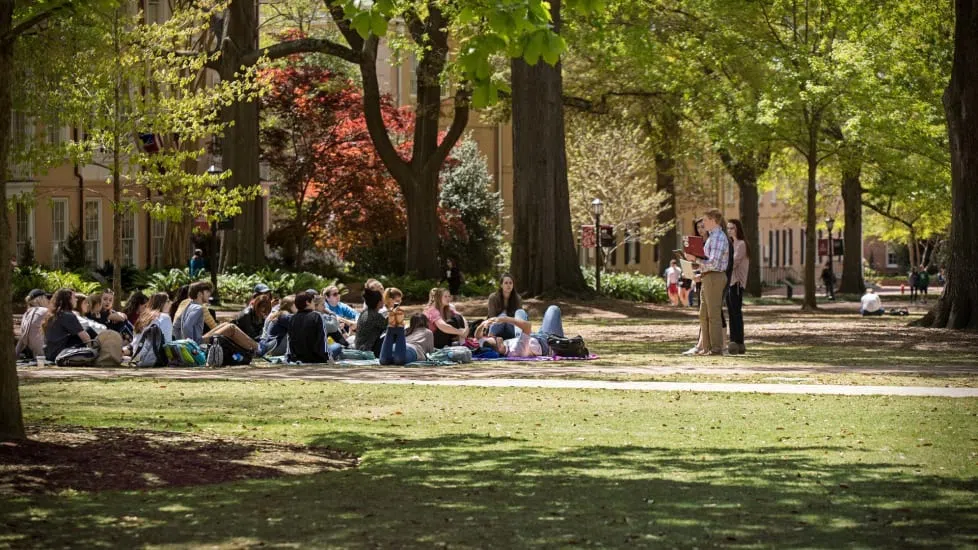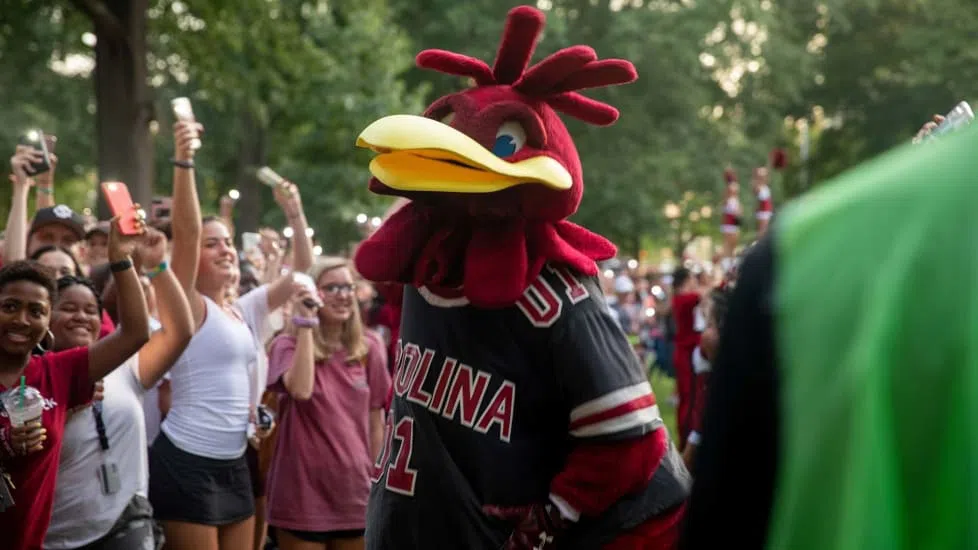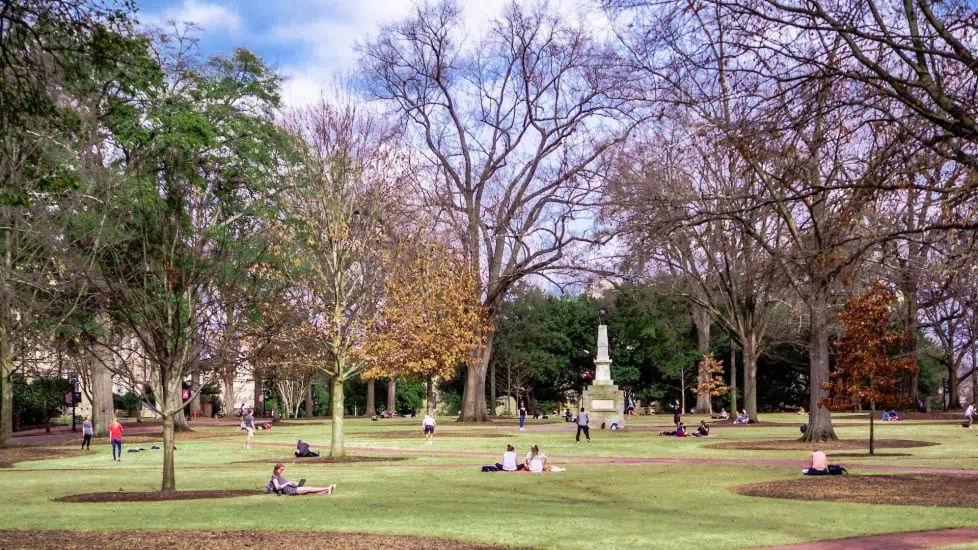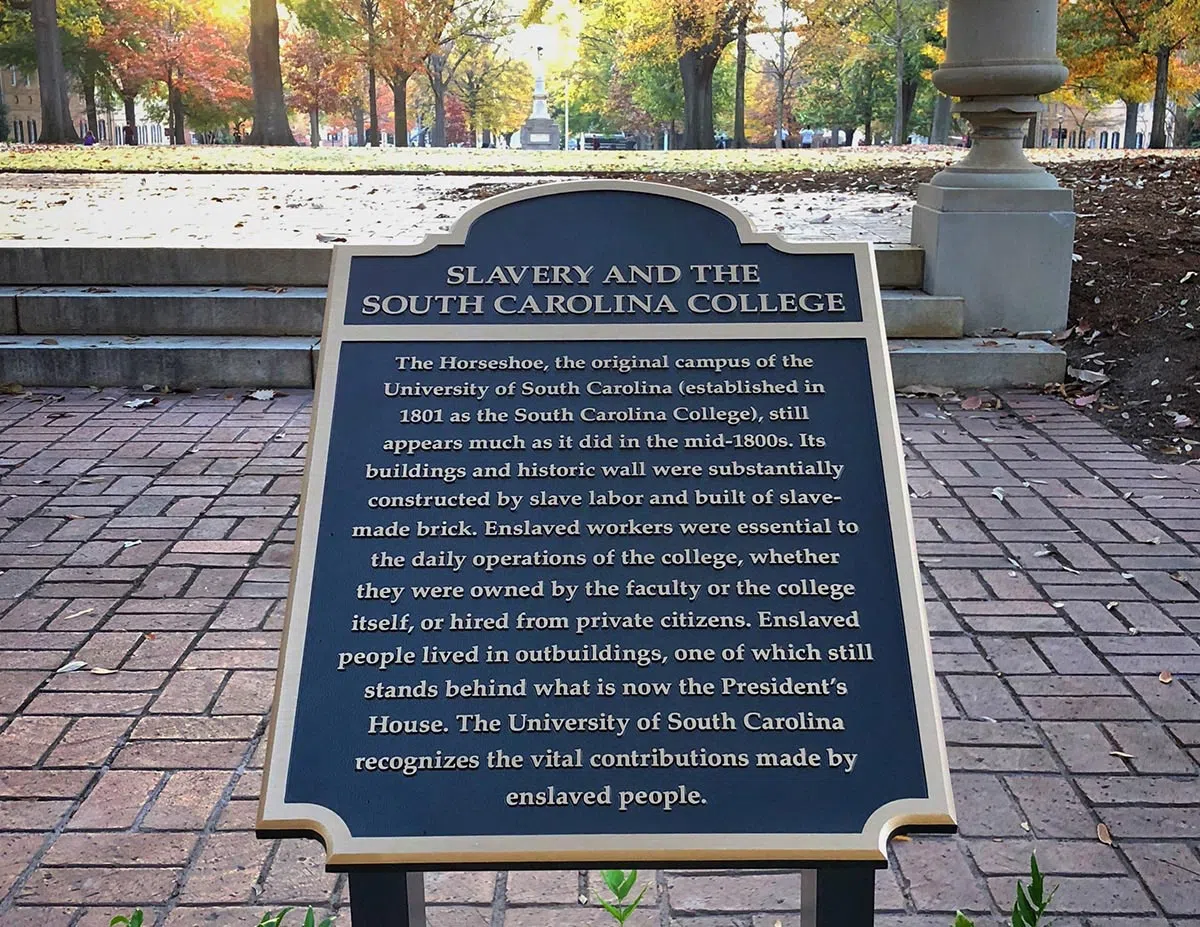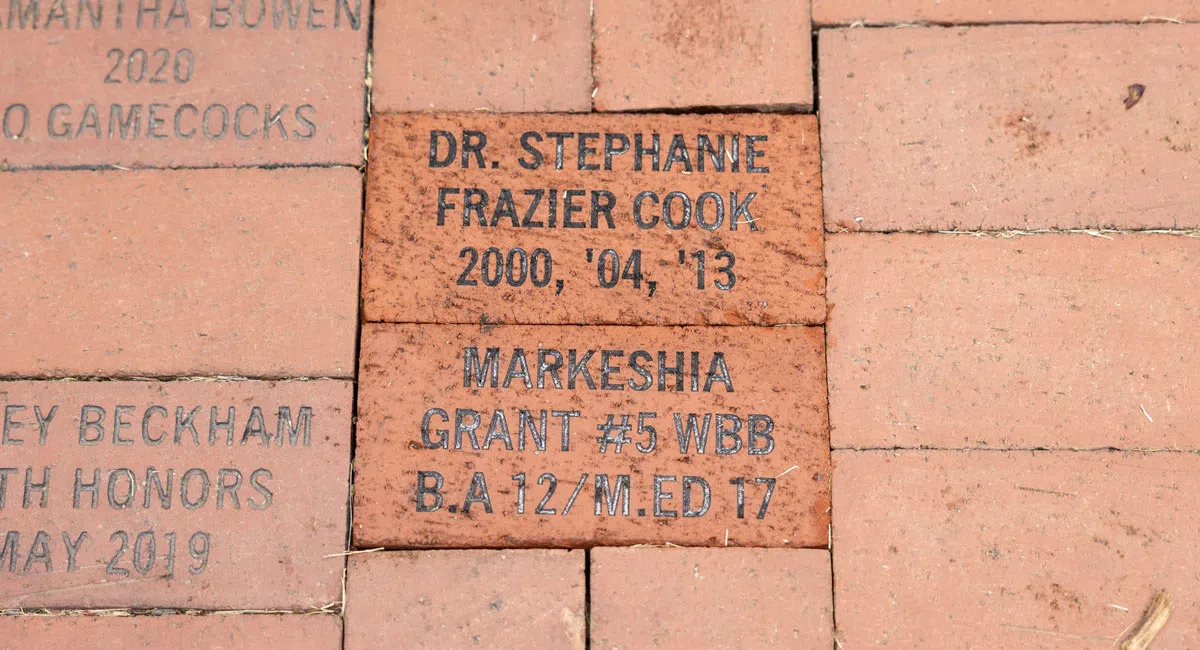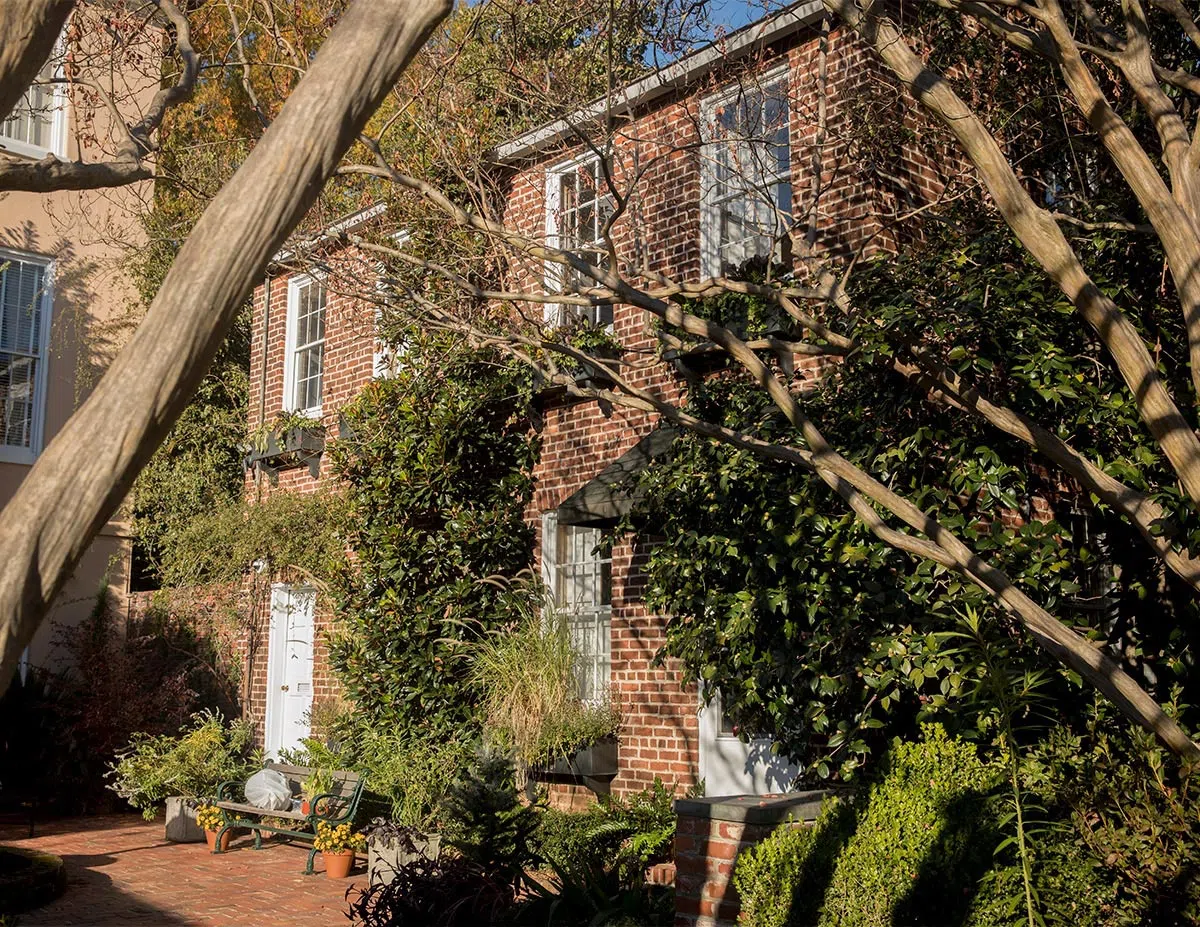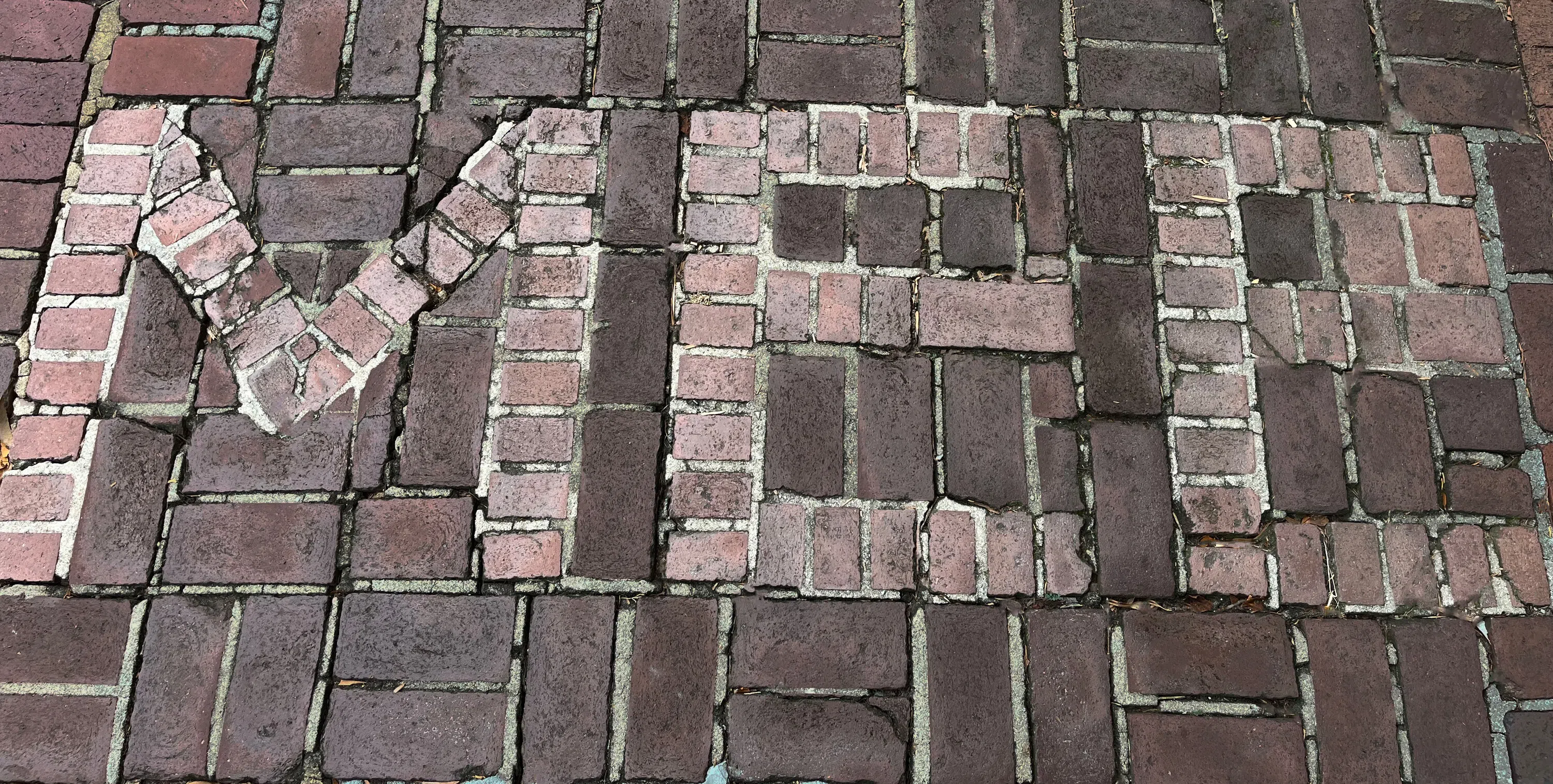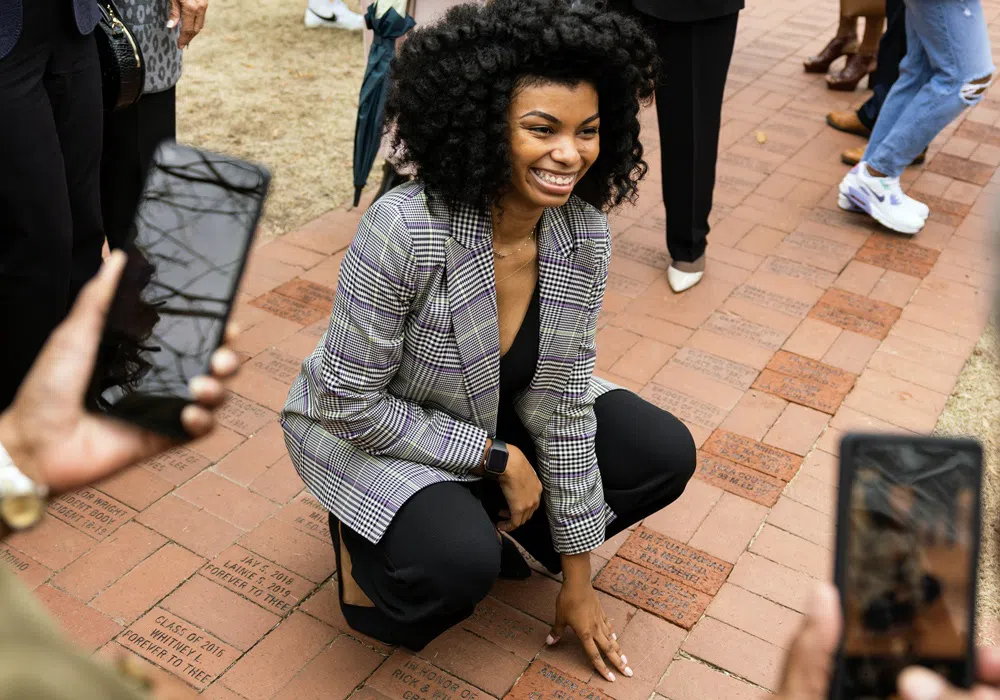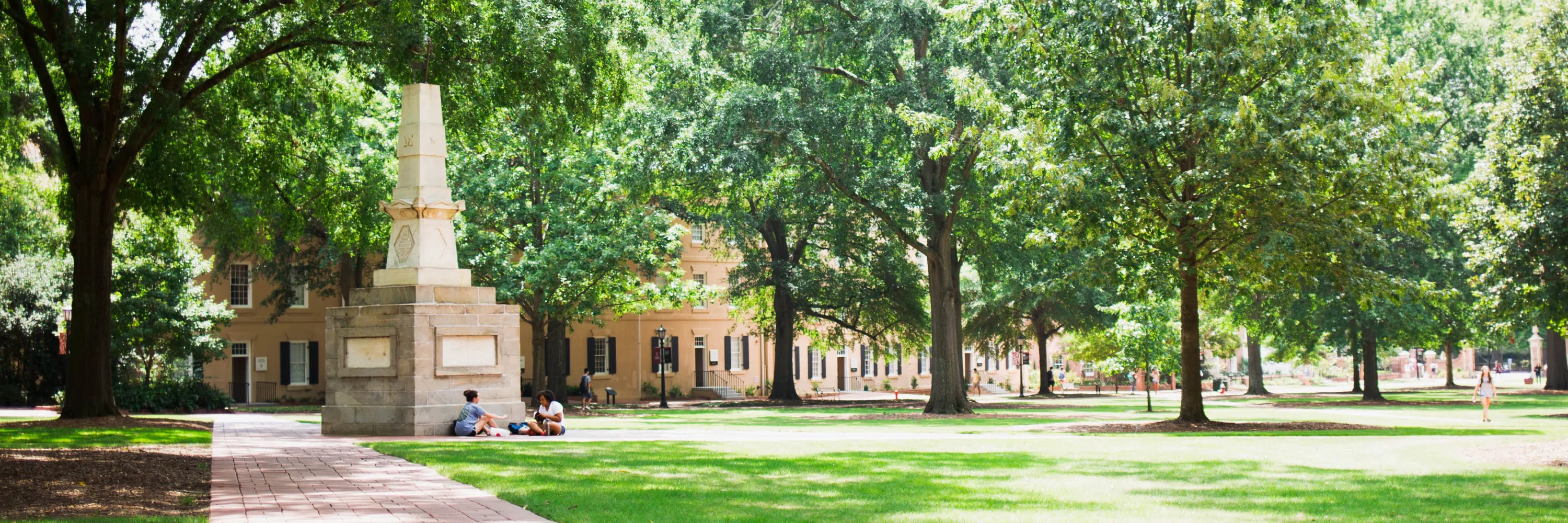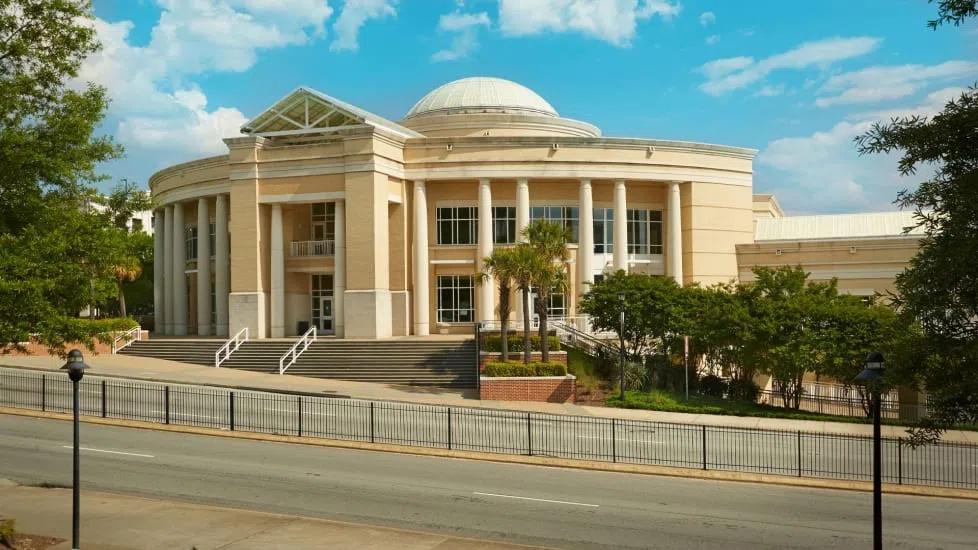Media Gallery
Histórica Horseshoe
🧱 Histórica Horseshoe
Bienvenidos a nuestra histórica Horseshoe. El campus original de South Carolina College incluía nueve de los diez edificios que hay aquí; hoy, la universidad cubre casi 450 acres.
📜 Marcadores históricos en la herradura (Horseshoe)
Mientras caminas por Horseshoe, verás varias placas dedicadas a varios aspectos de la historia. Uno de los marcadores más importantes que verás se titula "La esclavitud y el South Carolina College". Dice:
Horseshoe, el campus original de la Universidad de Carolina del Sur (establecido en 1801 como el South Carolina College), todavía lucía muy similar a como lucía a mediados del siglo XIX. Sus edificios y su muro histórico fueron construidos sustancialmente por mano de obra esclava y construidos con ladrillos fabricados por esclavos. Los trabajadores esclavizados eran esenciales para las operaciones diarias de la universidad, ya fueran propiedad de la facultad o de la propia universidad, o contratados por ciudadanos privados. Las personas esclavizadas vivían en edificios anexos, uno de los cuales todavía se encuentra detrás de lo que ahora es la Casa del Presidente. La Universidad de Carolina del Sur reconoce las contribuciones vitales realizadas por las personas esclavizadas.
